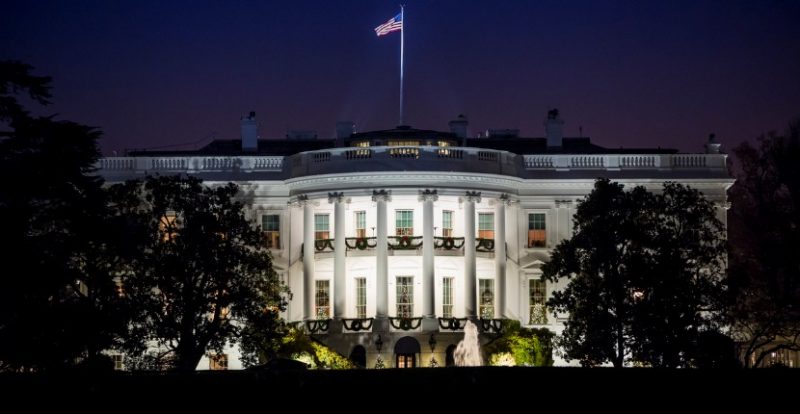The White House has seen its fair share of horrors roaming its corridors. Depending on your political persuasion, mileage may vary but there is at least one occupant capable of inspiring dread from all sides of the political divide: a teenage ghost known as “The Thing”.
In July 1911, reports of a White House ghost were committed to public record by Major Archie Butt, the military aide to President William Howard Taft. Butt wrote to his sister:
“It seems that the White House is haunted. This was the most interesting piece of news to me, for it seemed to me to be the only thing wanting to make the White House the most interesting spot in the United States.”
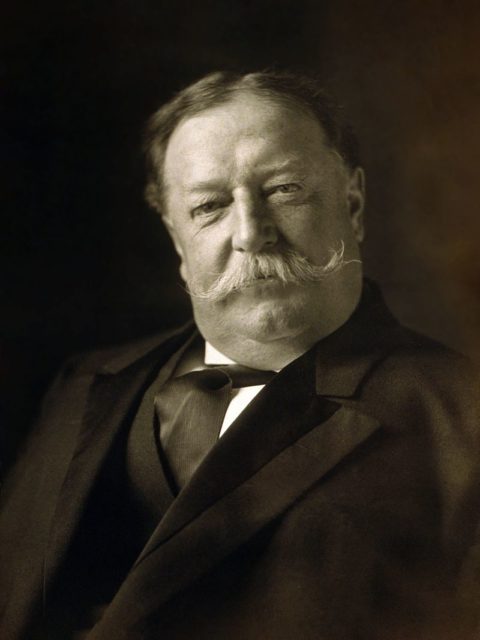
“The ghost, it seems is a young boy from its description […] The housekeeper, a spooky little person herself, informs me that he has been felt more often than he has been seen, but when I remonstrated with her that ghosts have not the sense of tough, at least those self-respecting ghosts of which I have heard, she insisted that it was this manifestation of the Thing which caused such fright among the servants.”
Helen Taft’s personal maid claimed not just to have felt the ghost, but seen the spectral figure of a young boy aged 14 or 15 with light, untidy hair and sad blue eyes.
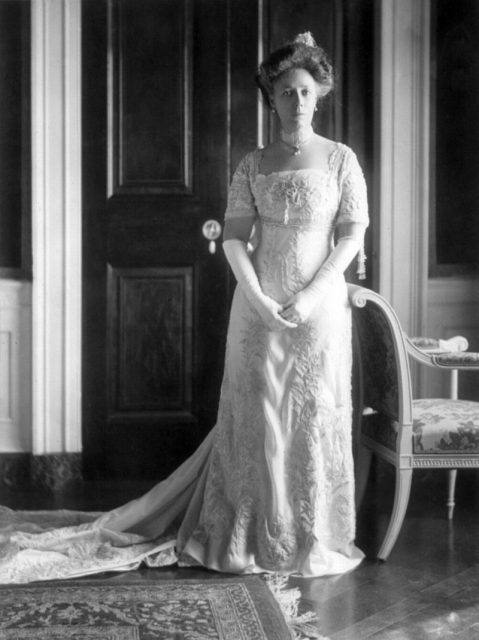
The President’s immediate response, according to Butt, was “towering rage” and he was terrified the story would leak to the press. In the end it didn’t, only coming to light with the publication of Butt’s letters in 1930 as the two-volume work, Taft and Roosevelt: The Intimate Letters of Archie Butt, Military Aide.
The Thing wasn’t the first haunting in the White House. William Wallace Lincoln, the son of President Abraham Lincoln and Mary Todd Lincoln, passed away February 20, 1862, of a typhoid-like condition. His mother claimed that her 12-year-old continued to make his presence felt long after his death. Willie was younger than the 14-year-old Thing, but maybe we can be forgiven for treating eyewitness statements about the apparent age of a ghost (!) as less than totally reliable.
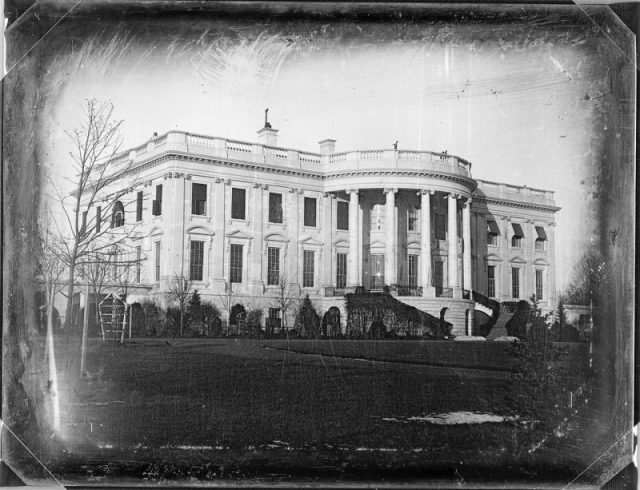
Mary’s half-sister, Emilie Todd Helm, recorded the First Lady telling her:
“He comes to me every night, and stands at the foot of my bed with the same sweet, adorable smile he has always had; he does not always come alone; little Eddie [Edward Baker Lincoln, who died aged 3 in 1850] is sometimes with him and twice he has come with our brother Alec, he tells me he loves his Uncle Alec and is with him most of the time. You cannot dream of the comfort this gives me. When I thought of my little son in immensity, alone, without his mother to direct him, no one to hold his little hand in loving guidance, it nearly broke my heart.”
Perhaps the memory of Todd Lincoln’s experiences inspired The Thing over 50 years later, the haunting preserved by gossiping servants.
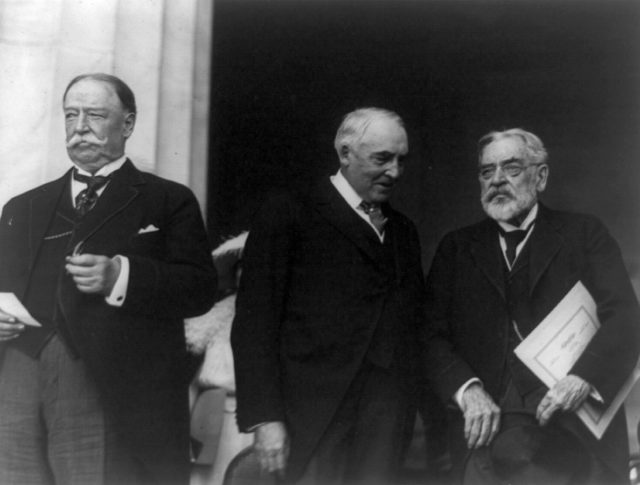
Grief certainly led the First Lady to embrace the supernatural, repeatedly consulting with mediums — men and women who claimed to contact the spirits of the dead through entering a trance-like state — in the wake of Willie’s passing. This only intensified following the assassination of her husband, and she was outed by the press for visiting a Boston medium, the fraudulent Margaret Fox. Veiled and using the name “Mrs. Linden”, the deception when was soon revealed when, according to the Boston Herald of 1872, “the spirit of her lamented husband appeared and, by unmistakable manifestations, revealed to all present the identity of Mrs. Lincoln, which she had attempted to keep secret.”
Related Video: Creepiest Ghost Towns of the World
That same year she sought the services of the notorious spirit photographer William Mumler, disguised as “Mrs. Lindall.” Spirit photographers like Mumler took photographs “revealing” the presence of ghosts, a con pulled off by leaving an earlier plate in the camera to produce an eerie double negative that showed spooky, translucent figures or lights overlaying the portrait of the grief-wracked subject.
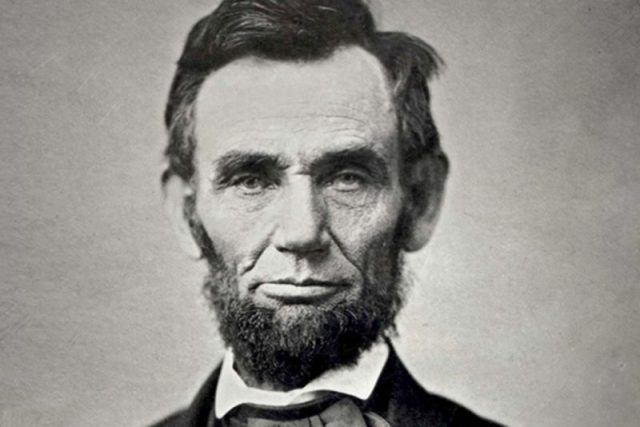
Mumler obliging produced a photograph showing Abraham Lincoln with his cartoonishly oversized hands on his wife’s shoulders, and their recently deceased son Thaddeus “Tad” Lincoln peering over the other shoulder. Mumler — described by the “Greatest Showman” P.T. Barnum as a “humbug” — specialized in showing people with dead celebrities so his claim that he had no idea of “Mrs. Lindall”s true identity until the photograph was developed is eyebrow-raising.
Read another story from us: The Ghost of the Green Lady Haunts this Spectacular French Chateau
Increasingly a subject of ridicule in the newspapers, her obsession with contacting her dead loved ones grew so great that in 1875 Mary Todd Lincoln’s surviving son, Robert, had her briefly committed to a sanatorium claiming that she had wasted their family fortune on Boston con artists. A sad response to a clearly heartbroken woman.
